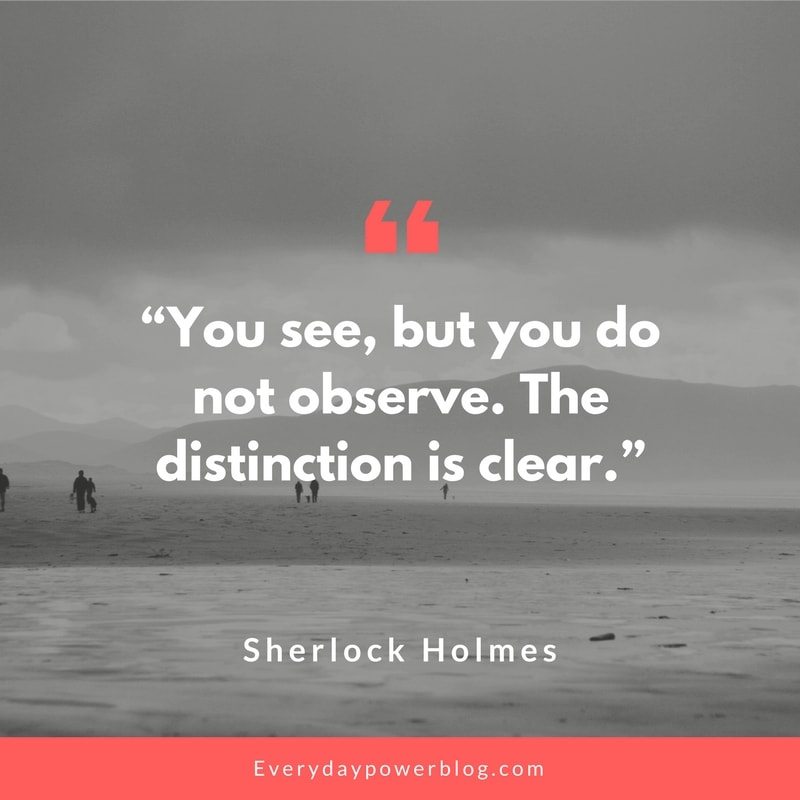Yesterday, I spent a day in a room full of educators discussing literacy instruction for middle school students with learning disabilities. As someone who has training in the areas of early childhood education, elementary education, and special education, I don't pretend to be an expert on middle school or secondary instruction. When I am in a room full of secondary educators, I tend to listen more than I speak. However, the more time I spend with my colleagues in the secondary world, I am convinced that many of the same techniques and strategies are needed to develop readers at any age.
At the institute, the focus of the day was on Structured Literacy, a term the presenters were using to describe the type of reading instruction required for students with dyslexia to learn how to read. Many of my literacy friends talk about and support Balanced Literacy and advocate for providing students with choice in reading and writing. The Structured Literacy supporters tend to believe that the Balanced Literacy approach is not intentional enough to provide the kind of structure needed by children with special needs.
With all of my years in teaching, especially working in an urban community with many students who are English Language Learners and also a significant population of students with learning challenges, I often think we are missing out on some critical things as we search for the panacea that will unlock the key to learning how to read for all children. Reading instruction needs to start with teachers who understand all the various components to reading, including motivation and a safe environment for learning.
Structured or explicit instruction is often scripted instruction or programs in a box. I have seen many teachers implement direct instruction but fail to understand how all of the components fit together or how to teach children to generalize what they are taught. I have also seen teachers who fail to understand how Balanced Literacy is not just "flying by the seat of my pants" but requires planning and intentionality. I learned the structured instruction as part of Special Education training and the Balanced Literacy as part of my general education training, but it was as an elementary principal that I learned how to put the two together.
Regardless of where we fall as teachers, a key to putting the two sides together and helping all students learn to read is observation. Observation provides teachers with a tool that is extremely powerful and often under appreciated. Observation takes time and effort, which can be hard when you have a large number of students on your caseload. Effective observation means I need to actually make the time to listen to a student as she reads aloud or engage in conversations about what a child is reading or puzzle out what pieces are missing in his learning. Observation helps me understand how two students that score essentially the same on a reading assessment can be two extremely different readers requiring different strategies and instruction. Observation also helps me to identify what motivates a reader and where their interests fall. And what I learn through observation will make the difference in how I pick books for read alouds or what activities I choose for word study or what questions I ask to help a student comprehend what they are reading. Next time, you have an opportunity to observe a student read, channel your inner Sherlock Holmes, and go beyond the obvious to the core of what your student needs.
At the end of January, I started a series on several of the essentials needed to create a strong reading environment in order to build a reading culture in your classroom. If you are interested in reading the first post, you can check out here and a follow up post on reading aloud, here. And don't miss, Michele Knott had a fabulous read aloud post that you don't want to miss and can find here.
All journeys have a starting place.
This is a weekly place to find books and tools
that you may use with readers at the start of their reading journey.
Join in the conversation at #road2reading.
Do you work with readers who are starting their journey on the road to reading? Join Michele Knott from Mrs. Knott's Book Nook and myself every Thursday as we explore books and ideas to help readers have a successful start to independent picture book and chapter book reading. If you blog or have a Goodreads page, please link up with us!



